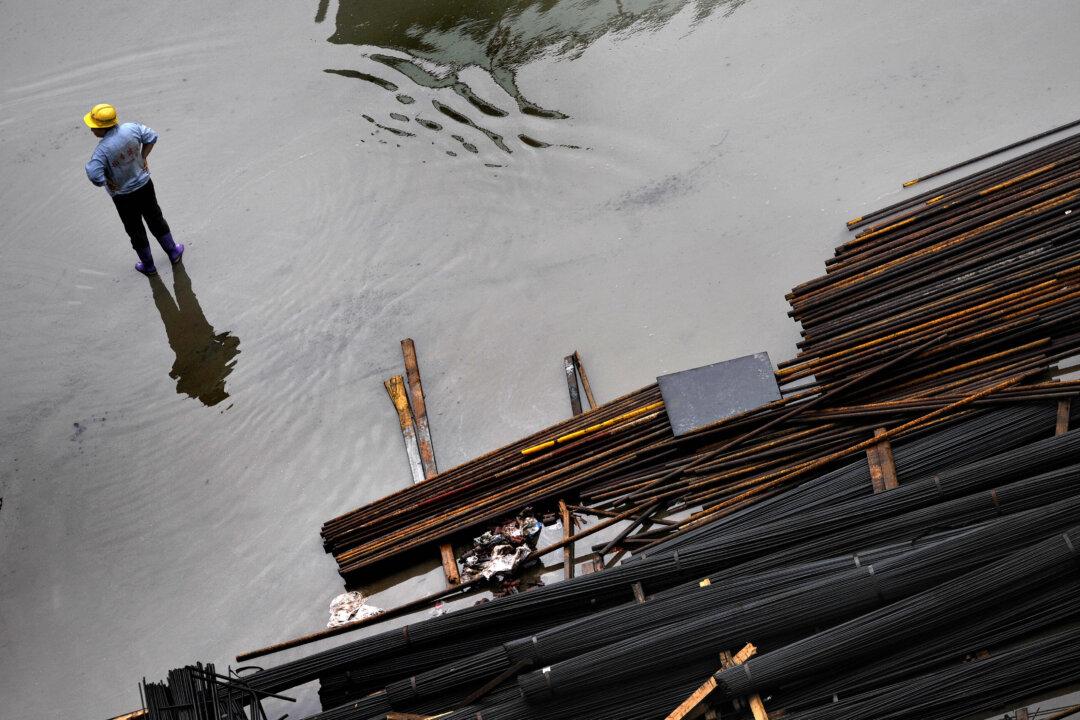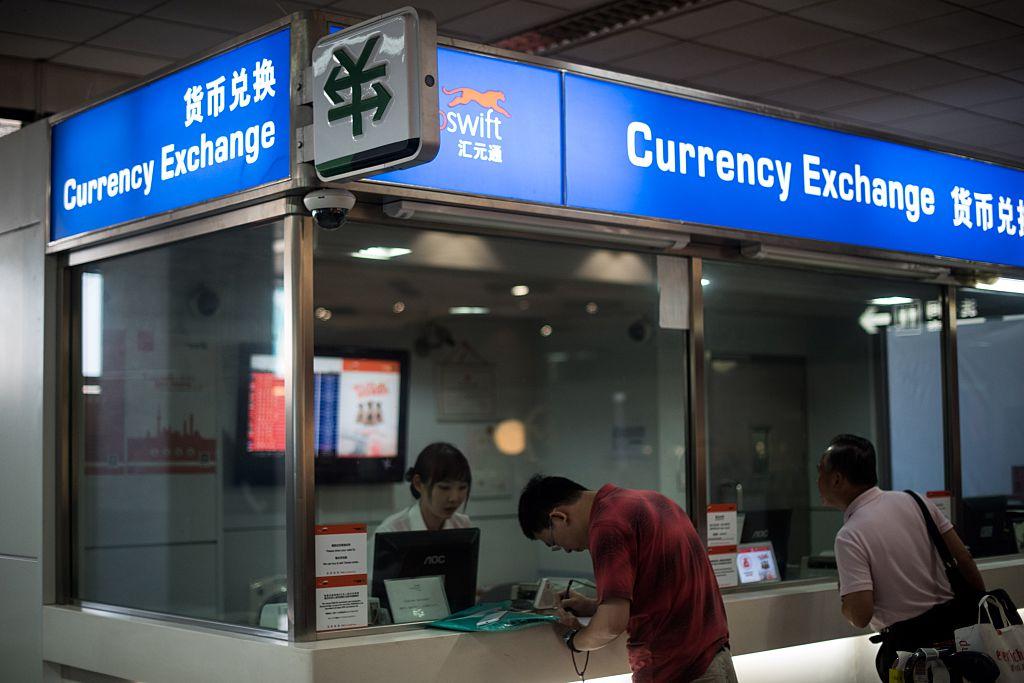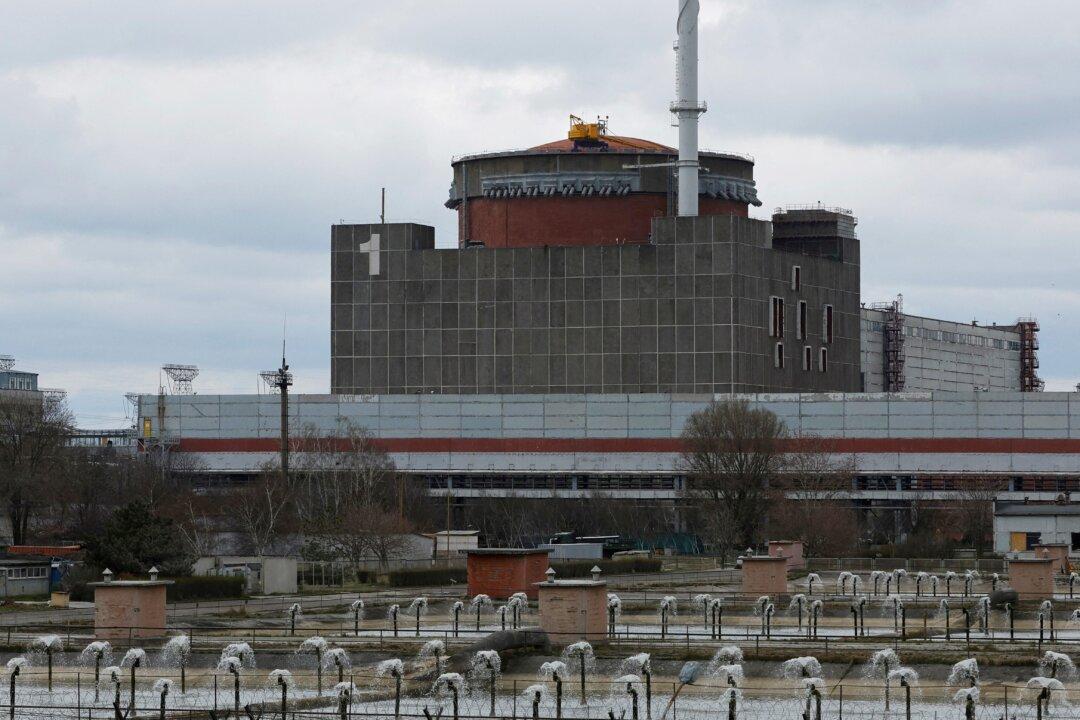The China Iron and Steel Industry Association (CISA) revealed its “Cornerstone Plan” on Jan. 10, aimed at mining more iron ore domestically and reducing import dependence, as well as increasing equity mines and exploring scrap steel resources outside China. The plan is seen as part of China’s long-term efforts to control iron ore pricing in the global market.
According to China Metallurgical News, CISA’s “Cornerstone Plan” specifies supply targets for three major resources, scrap steel, domestic iron ore, and overseas iron ore, in 2025, 2030, and 2035 respectively. The plan, joined by major leading steel companies in China, has been submitted to the Development and Reform Commission, the Ministry of Industry and Information Technology, the Ministry of Natural Resources, and the Ministry of the Environment.





